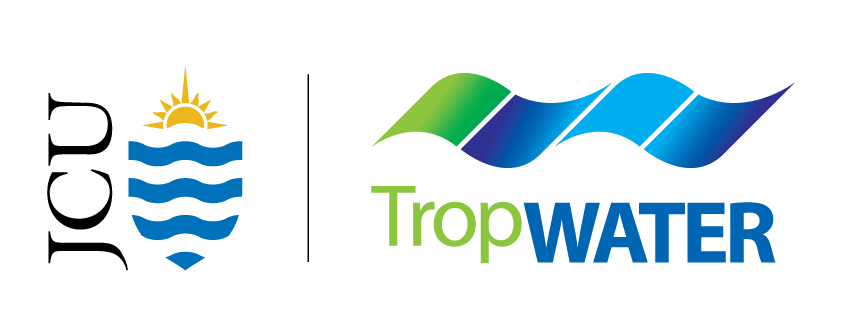eDNA and technology
Technology is revolutionising the way scientists monitor, research and uncover new information about habitats and species.
We are at the forefront of testing the feasibility of new technologies, including eDNA, drones, artificial intelligence and advanced camera technology.
We are using metabarcoding and other innovative techniques to better understand how farming affects nutrient cycling in soils.
Assessing agricultural nutrient recycling using metabarcoding

Research
We are using DNA methods to identify what dugongs in the Townsville region are eating other than seagrass, and trialling a new eDNA approach.
Assessing dugong poo using eDNA

Research
We are using environmental DNA to understand the distribution of fish species, allowing us to identify structures that act as barriers to fish migration.
Using eDNA to detect barriers to fish in Australian waterways

Research, Monitoring
Environmental DNA (eDNA) research plays a vital role in for detecting and monitoring invasive species for biosecurity management.
eDNA technology revolutionises invasive species biosecurity

Monitoring, Research
Projects

Cecilia Villacorta-Rath
Senior Research Officer

Damien Burrows
Director, TropWATER Founder
.jpg)
Jamie Jones
Research Worker

Lucas Langlois
Research Officer

Luke Buono
Research Worker

Mohammad Jahanbakht
Research Officer

Samantha Tol
Senior Research Officer


